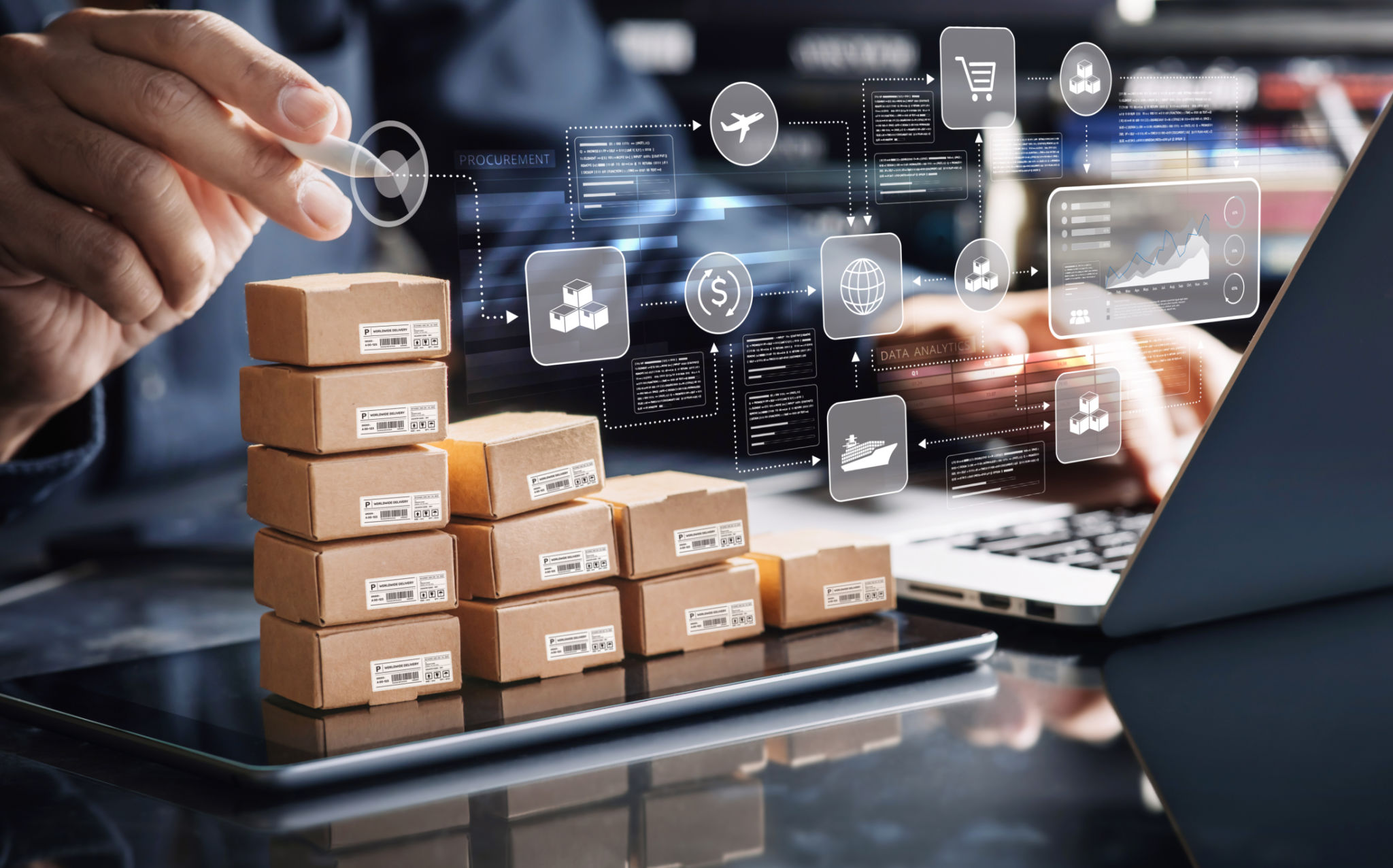How Headless Commerce is Revolutionizing Retail Experiences
Understanding Headless Commerce
Headless commerce is a revolutionary approach to e-commerce architecture that separates the front-end presentation layer from the back-end commerce functionality. This decoupling allows retailers to create highly customized and seamless shopping experiences without being limited by traditional e-commerce platforms. By using APIs to communicate between the front and back ends, businesses can innovate and adapt quickly to changing consumer demands.
In a headless setup, developers have the freedom to use any front-end technology they prefer. This means that the user interface can be tailored specifically to the brand's needs, offering a unique and engaging customer experience. As a result, headless commerce is gaining traction among retailers looking to differentiate themselves in a competitive market.

Enhanced Flexibility and Customization
One of the biggest advantages of headless commerce is the unparalleled flexibility it offers. Retailers can experiment with new designs, layouts, and features without impacting the core commerce functionalities. This flexibility allows businesses to stay ahead of trends and respond swiftly to consumer feedback.
Customization options in a headless environment are virtually limitless. Brands can create personalized experiences for their customers by integrating various third-party services and tools. This adaptability ensures that retailers can offer unique shopping journeys tailored to individual customer preferences, enhancing engagement and conversion rates.

Seamless Omnichannel Experience
In today's digital age, consumers expect a seamless experience across all touchpoints. Headless commerce enables retailers to deliver an omnichannel experience by providing consistent content and functionality across various platforms such as websites, mobile apps, and even IoT devices.
With APIs powering the back-end processes, retailers can ensure that their customers have a unified shopping experience regardless of the device or platform they use. This consistency not only improves customer satisfaction but also builds brand loyalty as consumers enjoy a frictionless shopping journey.

Improved Performance and Scalability
Headless commerce architectures often outperform traditional e-commerce solutions in terms of speed and scalability. By decoupling the front end from the back end, pages load faster, and performance is optimized across all devices. This improved speed can lead to higher conversion rates, as customers are less likely to abandon slow-loading websites.
Scalability is another major benefit of headless commerce. Businesses can scale their operations without worrying about the limitations imposed by monolithic platforms. As traffic increases, retailers can ensure that their systems remain responsive and efficient, delivering optimal performance during peak periods.
The Future of Retail Experiences
Headless commerce is not just a trend; it represents the future of retail experiences. As technology continues to evolve, retailers must embrace innovative solutions that allow them to meet customer expectations and stay competitive in the market. By adopting headless commerce, businesses can future-proof their operations and remain agile in a rapidly changing landscape.
As more companies recognize the benefits of headless commerce, we can expect to see even more creative and engaging shopping experiences emerge. Retailers that capitalize on this technology will be well-positioned to lead in an increasingly digital world, offering their customers experiences that are both memorable and effective.
